Note Information

How can mind maps be used to enhance note-taking and organization ?
Mind maps are an effective tool for organizing information, enhancing memory recall, and improving note-taking. They offer a visual representation of complex ideas, making it easier to understand and remember them. Mind maps can be used in various ways, such as organizing information, enhancing memory recall, and improving note-taking. They utilize visual associations, hierarchical structures, and flexibility to aid in understanding, remembering, and applying complex information in different contexts. Examples of using mind maps include studying, project planning, brainstorming, and taking meeting notes.

What are the benefits of using a digital tool for note-taking ?
The article discusses the advantages of using digital tools for note-taking, which include increased efficiency, improved learning and retention, environmental benefits, and collaboration opportunities. Digital notes can be taken quickly, organized easily, searched efficiently, and accessed from anywhere. They also offer visual aids, audio recordings, linking capabilities, and review options that enhance learning and retention. Additionally, digital note-taking reduces paper waste, energy consumption, and physical storage needs, contributing to a more sustainable environment. Finally, digital tools facilitate collaboration by allowing note sharing, real-time editing, version control, and feedback mechanisms. Overall, digital note-taking is an optimal choice for students, professionals, and anyone looking to optimize their note-taking experience.

How can I avoid information overload when taking notes ?
When taking notes, it's easy to become overwhelmed by the sheer volume of information. However, there are strategies you can employ to avoid information overload and ensure that your note-taking is effective and efficient. Here are some tips: 1. Prioritize Information: Determine what information is most important and relevant to your needs. Focus on key concepts, main ideas, and supporting details that are directly related to your goals or assignment requirements. This will help you filter out extraneous information and prevent you from feeling overwhelmed. 2. Use a Systematic Approach: Develop a consistent system for organizing your notes. This could involve using headings, subheadings, bullet points, or numbered lists to break down information into manageable chunks. By doing so, you'll be able to quickly identify and locate specific pieces of information later on. 3. Take Breaks and Review: Taking regular breaks while studying or attending lectures can help reduce cognitive fatigue and improve focus. During these breaks, review your notes briefly to reinforce key concepts and identify areas that may need further clarification or elaboration. 4. Summarize and Paraphrase: Instead of trying to capture every word verbatim, summarize or paraphrase key points in your own words. This not only helps with retention but also encourages active learning as you process the information more deeply. 5. Use Visual Aids: Incorporating diagrams, charts, or other visual aids into your notes can help simplify complex information and make it easier to understand and remember. These tools can also serve as helpful reminders when reviewing your notes later on. By implementing these strategies, you can effectively manage the amount of information you encounter during note-taking sessions and avoid feeling overwhelmed or stressed out. Remember, the goal is not to capture every detail but rather to distill key concepts and retain them for future reference.
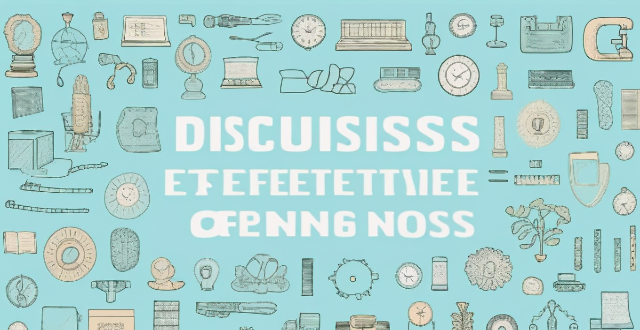
What are the most effective note-taking methods for students ?
The text discusses five effective note-taking methods for students, including the Cornell Method, Mind Mapping, Outlining, Sentence Method, and Charting. Each method has its own advantages and disadvantages, and may be more suitable for certain types of classes or subjects. The text emphasizes the importance of active learning and engagement with the material in order to retain information and review notes efficiently.

How do mind maps aid in studying and retaining information ?
Mind maps are a visual tool that aids in studying and retaining information by improving organization, enhancing creativity, promoting active learning, and facilitating recall. They provide a logical structure for organizing thoughts and connecting ideas, making complex information more accessible. Mind maps also encourage brainstorming and experimentation, leading to better learning outcomes. Additionally, they promote deeper learning through active participation and reflection on understanding. Finally, mind maps facilitate recall by providing visual cues and breaking down information into manageable chunks. Incorporating mind maps into your study routine can boost academic performance and achieve better results in your studies.

How can I improve my note-taking skills during lectures ?
Note-taking is a crucial skill for students, especially during lectures. It helps you retain information, organize your thoughts, and review the material later. Here are some tips on how to improve your note-taking skills during lectures: ## Use the Right Tools ### Choose the Right Notebook or Device - **Spiral-bound notebooks** are great for taking notes because they stay open and flat. - **Digital devices** like laptops or tablets can be useful, but make sure they don't distract you from the lecture. ### Use Appropriate Pens or Pencils - **Pens with comfortable grips** reduce hand fatigue and allow you to write for longer periods. - **Mechanical pencils** don't need to be sharpened and provide consistent line width. ## Develop Effective Techniques ### Practice Active Listening - **Focus on the speaker** and avoid distractions. - **Listen for main ideas** and key terms. ### Use Abbreviations and Symbols - **Create a list of common abbreviations** that you can use consistently. - **Use symbols** like arrows, stars, or underlines to highlight important points. ### Organize Your Notes - **Write headings and subheadings** to separate different topics. - **Use bullet points or numbered lists** to organize information. ## Review and Refine Your Notes ### Review Your Notes Soon After the Lecture - **Rewrite or type up your notes** within 24 hours to reinforce learning. - **Identify any gaps** in your understanding and seek clarification. ### Refine Your Notes Over Time - **Combine your notes with those of classmates** to get a more comprehensive understanding. - **Revise your notes** periodically to ensure they remain organized and relevant.
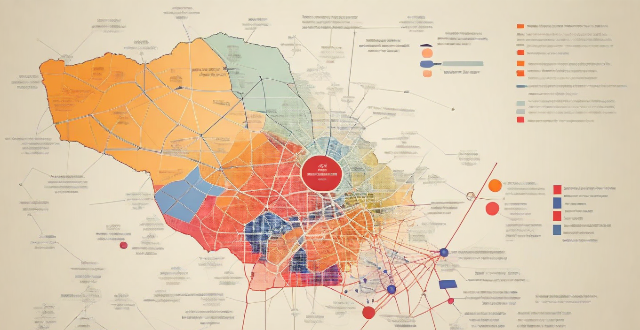
How can mind maps help in revising large amounts of information ?
Mind maps are a useful tool for organizing and revising large amounts of information. By visualizing complex information, identifying key themes and relationships, organizing thoughts, improving memory retention, and facilitating creative thinking, mind maps can help learners better understand and retain information. To use mind maps effectively, choose a central idea or theme, create branches for subtopics, add details and examples, connect related ideas, review and refine the map, and use it as a study tool.

What are the best iPhone apps for productivity ?
Productivity is a key aspect of modern life, and having the right tools can make all the difference. For those who use iPhones, there are numerous apps available that can help boost productivity. Some of the best ones include Evernote, Todoist, Trello, Microsoft Outlook, Notion, Google Drive, Apple Reminders, Slack, Asana, and Bear. These apps cover a wide range of needs, from task management to project collaboration to note-taking. By using these apps effectively, you can boost your productivity and achieve more in less time.
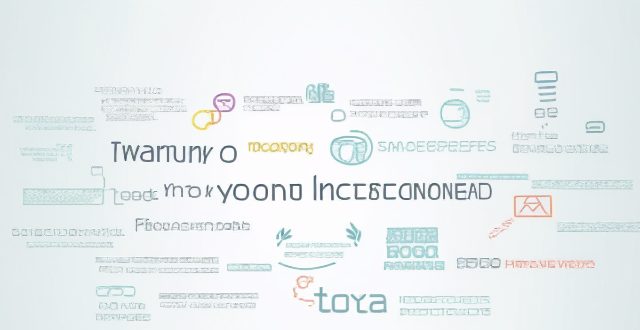
How can I protect my personal information online ?
In today's digital age, protecting your personal information online is crucial. To safeguard sensitive data, one should use strong and unique passwords, keep software and systems up-to-date, be careful with public Wi-Fi networks, be wary of phishing attacks, and limit the amount of personal information shared online. These steps can significantly reduce the risk of having personal information compromised online.
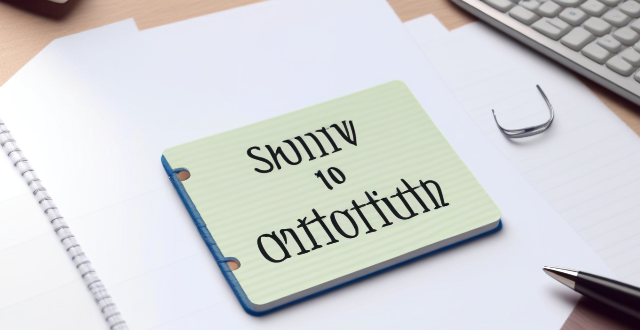
What are some best practices for protecting sensitive information on social media ?
Protecting sensitive information on social media is crucial in the digital age. To safeguard your personal data, follow these best practices: use strong passwords and a password manager; enable two-factor authentication; be cautious with personal information sharing; adjust privacy settings to restrict access; install anti-malware software; be wary of phishing scams; and always log out of accounts, especially on public devices. These steps will help ensure your online presence is secure.

What are some creative ways to make studying from notes more engaging ?
The article discusses various strategies to make note-based learning more engaging and effective. The suggested approaches include interactive notebooks, active review techniques, digital integration, engaging activities, and regular revision schedules. Interactive notebooks involve color coding, diagrams, and margin notes for visual appeal and memory retention. Active review techniques such as teach it back, flashcards, and summarization help in understanding and recalling concepts better. Digital integration tools like note-taking apps, Quizlet, and online collaboration platforms aid in organizing and sharing notes. Engaging activities like role-playing, debates, and gamification elements promote kinesthetic learning and discussions. Regular revision schedules with spaced repetition, review tracking, and reflection time ensure long-term memory retention. By incorporating these strategies, studying from notes becomes a dynamic and engaging process that enhances both understanding and retention of the material.

What are the potential economic benefits of sharing climate information ?
The potential economic benefits of sharing climate information include improved decision making through better planning and management, risk assessment and mitigation, increased efficiency and productivity, innovation and new business opportunities, and growth of the green economy. By leveraging this information effectively, businesses, governments, and individuals can adapt to changing climatic conditions while minimizing risks and maximizing economic gains.
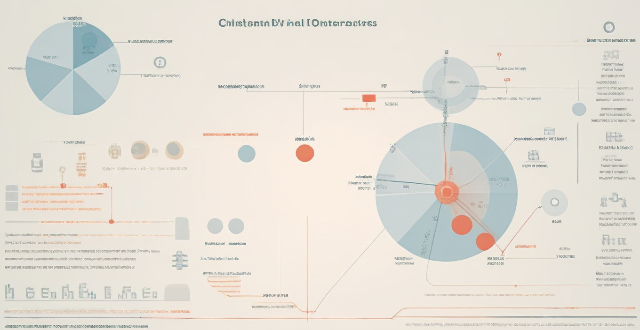
What is the importance of sharing climate information globally ?
Sharing climate information globally is crucial for understanding, predictSharing climate information globally is crucial for understanding, predictating the effects of climate change aids in modeling and forecasting future scenarios, and contributes to the development of early warning systems. Additionally, it fosters innovation, collaboration, and the formation of international agreements and policies related to climate change.
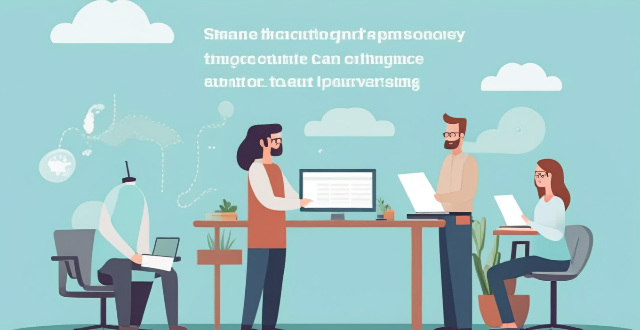
Can climate information sharing lead to better policy making ?
Climate change is a pressing issue that requires informed policymaking. Climate information sharing can improve decision-making, collaboration, and transparency in the policy process. However, challenges such as data quality, accessibility, and coordination must be addressed to ensure effective information sharing. Overcoming these challenges can lead to better policies that address climate change.

What information is required to register a SIM card ?
Required Information for SIM Card Registration Personal Information: Full name, date of birth, address, phone number, email address. Identification Documents: Government-issued ID and proof of address. Payment Information: Credit/debit card or bank account details. Additional Information: Employment information, social security number or tax ID, referral code (if applicable).

How can climate information sharing contribute to sustainable development goals ?
**How Can Climate Information Sharing Contribute to Sustainable Development Goals?** Climate information sharing plays a crucial role in achieving sustainable development goals (SDGs). This article discusses the various ways in which climate data can contribute to environmental sustainability, social equity, and economic growth. Key points include: 1. **Improving Resilience to Climate Change**: Early warning systems, adaptation planning, and infrastructure development are all enhanced by shared climate information. 2. **Supporting Sustainable Agriculture**: Farmers can use climate data for crop planning, water management, and pest and disease control. 3. **Promoting Clean Energy Solutions**: Climate information aids in renewable energy site selection, energy efficiency, and demand forecasting. 4. **Enhancing Biodiversity Conservation**: Habitat protection, species survival, and ecosystem services are all influenced by climate trends. 5. **Advancing Gender Equality**: Providing women with climate information can empower them and reduce their vulnerabilities during climate-related disasters. 6. **Fostering Partnerships for Sustainable Development**: Multi-stakeholder engagement, international cooperation, and public-private partnerships are all facilitated by climate information sharing. In conclusion, ensuring that stakeholders have access to accurate and timely climate data is essential for making progress towards a more sustainable future.

How can technology improve the process of climate information sharing ?
In this topic summary, we will discuss how technology can improve the process of climate information sharing. Technology has revolutionized the way we share and access information, including climate data. With advancements in technology, it is now easier than ever to collect, analyze, and disseminate climate information to a wide range of stakeholders. Data collection and analysis are crucial steps in the process of climate information sharing. Remote sensing, ground-based sensors, and data analysis software are some of the tools that can be used to collect and analyze climate data. These tools can help us monitor changes in climate patterns over time, identify trends and predict future climate events. Dissemination of climate information is another important step in the process. Online platforms, social media, and open data initiatives are some of the ways that climate information can be shared with researchers, policymakers, and the general public. These platforms can also offer interactive tools for visualizing and exploring the data. Collaboration and partnerships are also essential in improving the process of climate information sharing. Cloud-based collaboration tools, partnerships with tech companies, and crowdsourcing are some of the ways that researchers and stakeholders can work together on climate projects, sharing data and insights in real-time. In conclusion, technology plays a crucial role in improving the process of climate information sharing by enhancing data collection and analysis, facilitating the dissemination of climate information, and fostering collaboration among stakeholders. As technology continues to evolve, we can expect even more innovative solutions for addressing the challenges posed by climate change.

How do I integrate new information into my existing knowledge framework ?
Integrating new information into your existing knowledge framework is a crucial skill for learning and personal growth. Here are some steps you can follow to effectively incorporate new knowledge into what you already know: ## Identify Relevant Information 1. **Scan** the new information quickly to get an overview. 2. **Identify** key concepts, theories, or facts that relate to your current knowledge. 3. **Filter out** any irrelevant or redundant information. ## Connect with Existing Knowledge 1. **Activate** your prior knowledge by recalling similar concepts or experiences. 2. **Make connections** between the new information and what you already know. 3. **Create analogies** or metaphors to help relate the new information to familiar ideas. ## Evaluate and Organize Information 1. **Assess** the validity and reliability of the new information. 2. **Organize** the information in a way that makes sense within your existing framework. 3. **Categorize** the new knowledge based on its relevance and importance. ## Reflect and Consolidate 1. **Reflect** on how the new information affects your understanding or perspective. 2. **Consolidate** the new knowledge by summarizing it in your own words. 3. **Reinforce** the integration by explaining it to someone else or applying it in practice. ## Update Your Knowledge Framework 1. **Modify** your existing framework to accommodate the new information. 2. **Expand** your knowledge base by adding new categories or subtopics if necessary. 3. **Re-evaluate** the relationships between different pieces of knowledge within your framework. ## Practice and Apply 1. **Apply** the new knowledge in real-world situations to deepen your understanding. 2. **Practice** recalling and using the new information regularly. 3. **Seek feedback** from others to validate and refine your understanding further. By following these steps, you can effectively integrate new information into your existing knowledge framework, fostering continuous learning and intellectual growth.
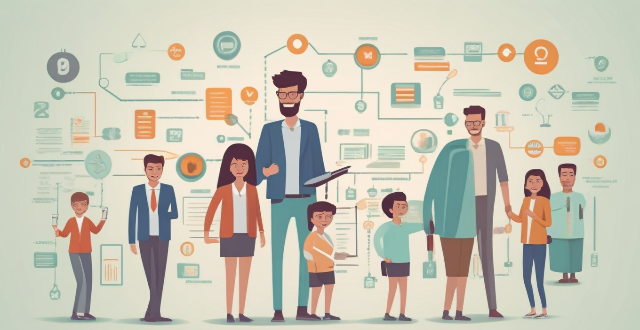
What measures do variety shows take to prevent sensitive information from being leaked ?
Variety shows take measures to prevent sensitive information leaks, such as non-disclosure agreements and confidentiality clauses in contracts. They also control access to sensitive information, implement security measures, and provide training and education for participants and crew members. These strategies help ensure the privacy and security of participants while providing entertaining content for viewers.
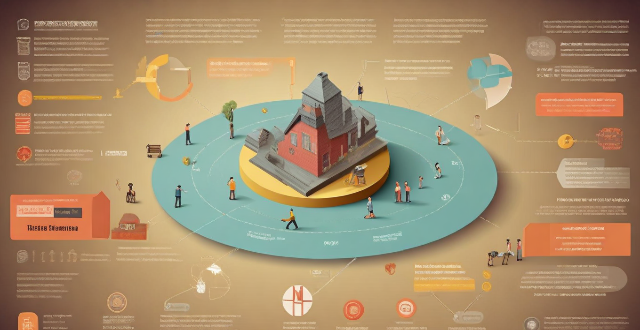
How common is it for participants to leak information about other celebrities on variety shows ?
Leaking sensitive information about fellow celebrities on variety shows is a recurring issue in the entertainment industry. The frequency of such incidents can be attributed to factors like loose lips, attempts to gain attention, misunderstanding private boundaries, and the format of the show. Consequences of leaking information include strained relationships, public backlash, and potential legal repercussions. To mitigate the issue, measures such as education and awareness, clear guidelines, editing and control, and building a safe environment can be implemented. Addressing this matter head-on can safeguard the privacy and well-being of all involved while still providing entertaining content on variety shows.
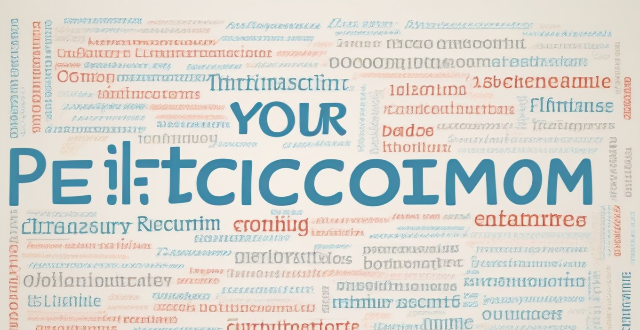
How can I prevent my personal information from being used in telecommunications fraud ?
To protect your personal information from telecommunications fraud, follow these steps: be cautious with personal information, use strong passwords and two-factor authentication, keep software and devices updated, be wary of suspicious emails and links, and educate yourself about common scams. By taking these precautions, you can reduce the risk of falling victim to telecommunications fraud.
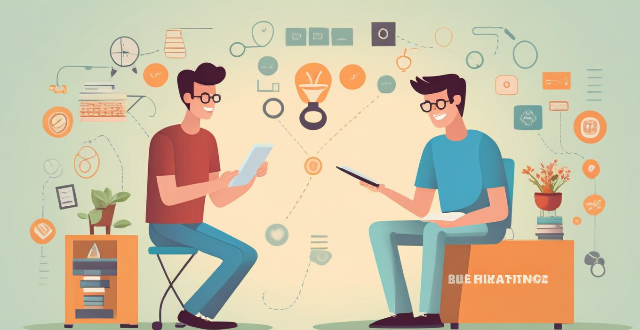
What are some effective methods for reviewing and retaining information before an exam ?
Preparing for an exam can be a daunting task, but with the right strategies and techniques, it is possible to effectively review and retain information before the exam. Some effective methods for reviewing and retaining information before an exam include creating a study plan, using active learning techniques, practicing retrieval and recall, and staying motivated and avoiding procrastination. By following these methods, students can improve their chances of success on their exams.
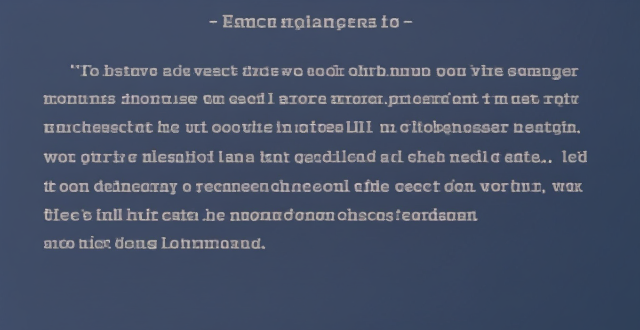
What information do I need to provide to Apple for assistance in finding my lost iPhone ?
If you have lost your iPhone and need assistance from Apple, there are certain pieces of information that you will need to provide. These include your personal information, Apple ID details, lost device details, iCloud settings, and proof of purchase. Providing accurate and detailed information will help speed up the process of locating your lost device.
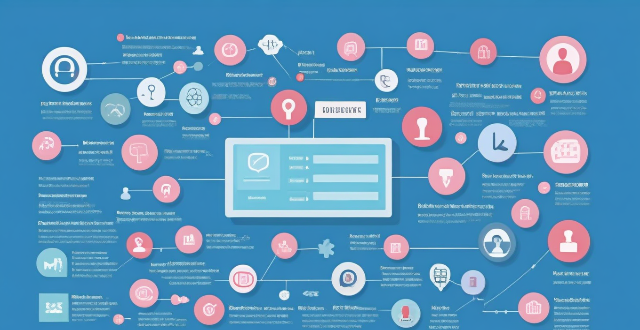
Can I control who sees my personal information on social media platforms ?
The article discusses how individuals can control who sees their personal information on social media platforms. It provides tips such as reviewing privacy settings, using lists and groups, being mindful of tagging and mentions, protecting personal information, and regularly reviewing privacy settings. By following these guidelines, users can customize their profile visibility and manage access to their personal information on social media platforms.

What are some effective study techniques for college students ?
**Effective Study Techniques for College Students:** College students can improve their academic performance by adopting effective study techniques. These include creating a study schedule, finding a suitable study environment, using active learning strategies, breaking information into chunks, practicing retrieval and review, staying organized, collaborating with peers, maintaining a healthy lifestyle, and seeking help when needed. Consistency, minimizing distractions, engaging with the material, chunking information, quizzing oneself, spaced repetition, utilizing note-taking systems and digital tools, participating in study groups, getting enough sleep and exercise, and leveraging academic support services are all crucial elements of successful studying. It's important to experiment and find out which methods work best for individual needs.

What are the challenges faced while sharing climate information across different countries ?
The text discusses the challenges faced while sharing climate information across different countries. The challenges include language barriers, data standardization, technical infrastructure, legal and policy frameworks, political will and cooperation, education and awareness, financial constraints, cultural differences, time zones and coordination, and quality assurance and control. Addressing these challenges through international cooperation, standardization efforts, and investment in technology and education can improve the sharing of climate information, leading to better informed decisions and more effective actions against climate change.

What are some effective treatments for sports injuries ?
Effective Treatments for Sports Injuries: Rest, Ice, Compression, Elevation, Medication, and Rehabilitation Exercises.
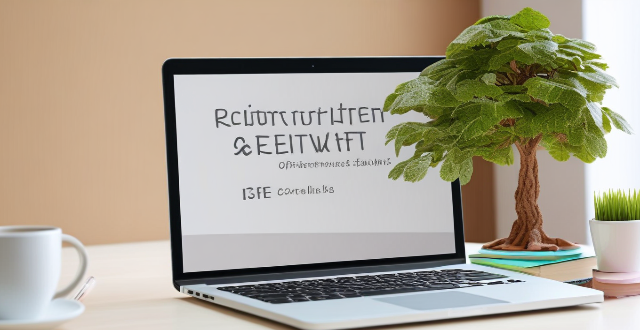
Can you recommend any effective study apps ?
The text provides a topic summary of effective study apps that can help students stay organized, focused, and motivated. The apps include Quizlet, Forest, Evernote, Khan Academy, and Duolingo. Quizlet is a flashcard app with various modes of studying including flashcards, practice tests, and games. Forest helps users stay focused by planting virtual trees while studying. Evernote is a note-taking app that allows users to organize their notes into notebooks and folders. Khan Academy is a free online learning platform that offers video lessons and exercises on a wide range of subjects. Duolingo is a language learning app that uses gamification techniques to keep users engaged and motivated. The text concludes by encouraging readers to try these apps and see which ones work best for them.

How do I conduct research for an academic paper ?
This guide provides a step-by-step approach to conducting effective research for an academic paper, including determining the research question, gathering background information, finding and evaluating sources, analyzing and synthesizing information, organizing thoughts, citing sources properly, and revising and editing the paper. It emphasizes the importance of critical thinking, organizational skills, and seeking feedback throughout the process.